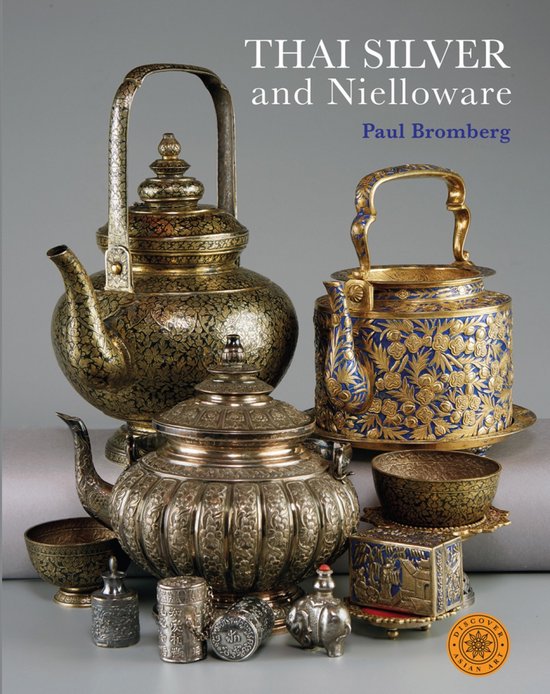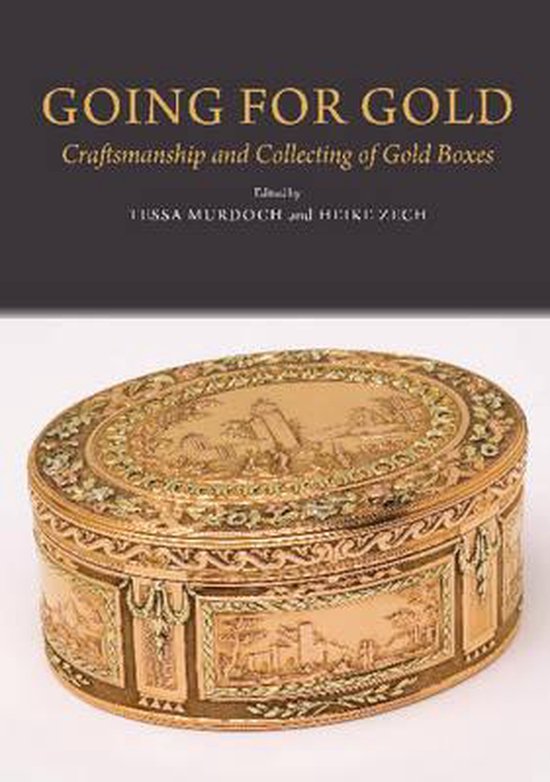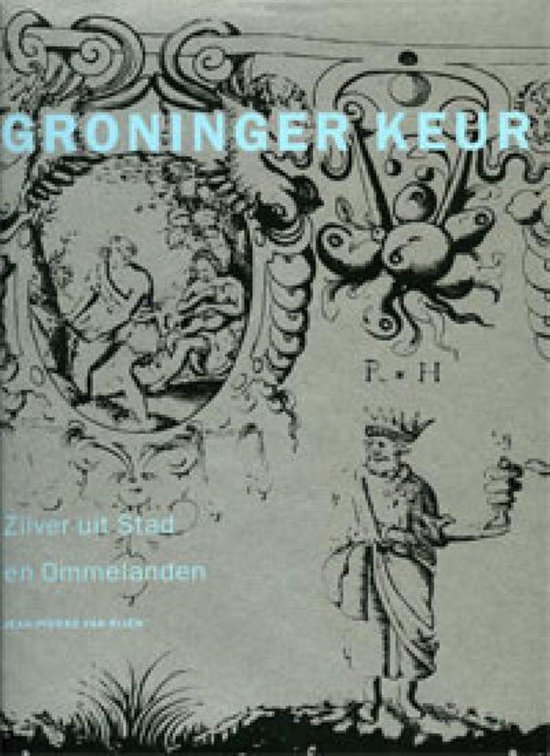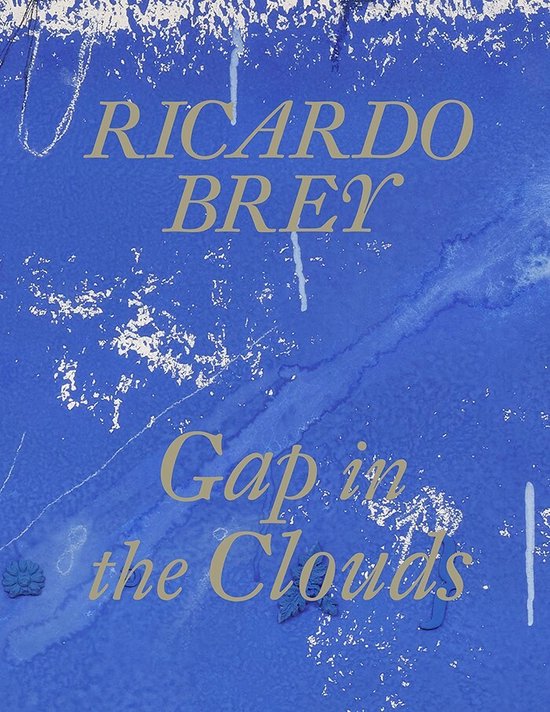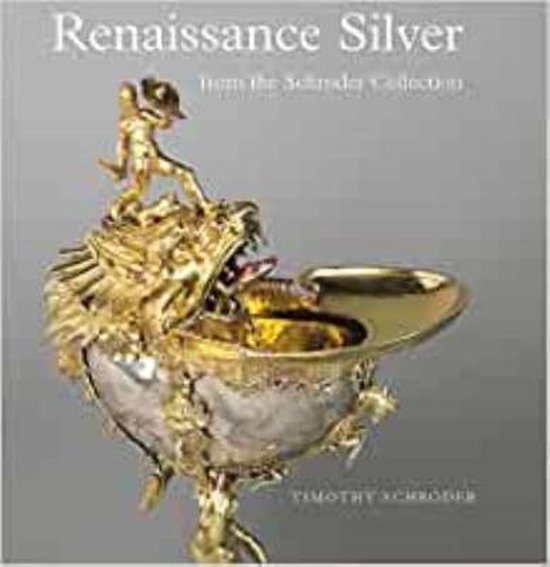
Renaissance Silver in the Schroder Collection
This catalogue displays the magnificent Schroder collection of Renaissance Silver, which was formed between 1870 and 1930 and includes outstanding historic objects from England, Germany, Italy and elsewhere.
Intended as works of art, many incorporate rare or exotic materials, and their complex designs and dense programs of ornament reflect the intellectual pre-occupations of the 16th century mind. The Schroder Collection of Renaissance Silver is among the most important to remain in private hands. Formed between about 1870 and 1930 over two generations of the Anglo-German banking family, it includes outstanding historic objects from England, Germany, Italy and elsewhere. Some of these formally belonged to princely collections such as the royal house of Hanover, the renowned Green Vault from Dresden or the Hollenzohen family. Others came from famous church treasuries, dispersed at the time of the French Revolution or the early 19th-century secularisation in Germany. Intended as works of art rather than practical objects, many incrporate rare or exotic materials. Polished nautilus shells from the Pacific, early Chinese porcelain or skilfully carved rock-crystal were all regarded as desirable materials for mounting into precious cups or vases. They also reflect, through their complex designs and dense programmes of ornament, the intellectual preoccupations of the 16th-century mind.The effect of this ensemble is to give a rare sense of the diversity and virtuosity of the Renaissance goldsmith and a hint of the world of the Renaissance treasury which today only survives in such places as Dresden, Munich and Vienna.
Intended as works of art, many incorporate rare or exotic materials, and their complex designs and dense programs of ornament reflect the intellectual pre-occupations of the 16th century mind. The Schroder Collection of Renaissance Silver is among the most important to remain in private hands. Formed between about 1870 and 1930 over two generations of the Anglo-German banking family, it includes outstanding historic objects from England, Germany, Italy and elsewhere. Some of these formally belonged to princely collections such as the royal house of Hanover, the renowned Green Vault from Dresden or the Hollenzohen family. Others came from famous church treasuries, dispersed at the time of the French Revolution or the early 19th-century secularisation in Germany. Intended as works of art rather than practical objects, many incrporate rare or exotic materials. Polished nautilus shells from the Pacific, early Chinese porcelain or skilfully carved rock-crystal were all regarded as desirable materials for mounting into precious cups or vases. They also reflect, through their complex designs and dense programmes of ornament, the intellectual preoccupations of the 16th-century mind.The effect of this ensemble is to give a rare sense of the diversity and virtuosity of the Renaissance goldsmith and a hint of the world of the Renaissance treasury which today only survives in such places as Dresden, Munich and Vienna.
| Auteur | | Timothy Schroder |
| Taal | | Engels |
| Type | | Paperback |
| Categorie | | Kunst & Fotografie |
